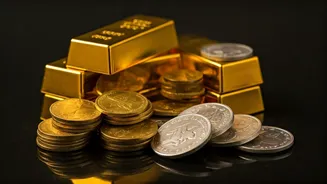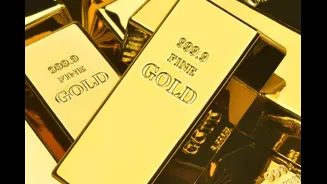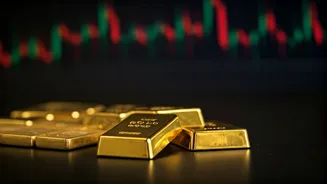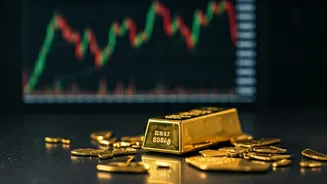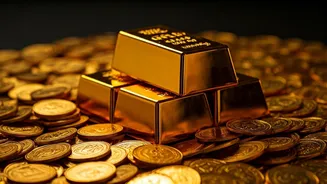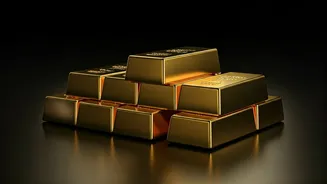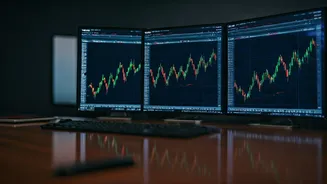Market Overview: Gold
On October 22, 2025, the cost of gold across prominent Indian cities displayed variations, reflective of several influencing market dynamics. For instance,
in Mumbai, the price of 24-carat gold stood at ₹XX,XXX per 10 grams, while 22-carat gold was priced at ₹XX,XXX. In contrast, Chennai saw 24-carat gold priced at ₹XX,XXX and 22-carat at ₹XX,XXX. Delhi’s gold rates were slightly different, with 24-carat gold at ₹XX,XXX and 22-carat gold at ₹XX,XXX. These disparities can be attributed to factors like local taxes, demand-supply scenarios, and specific market activities within each city. The differing rates emphasize the importance of regional market analysis for anyone engaging with the gold market in India on that particular day. The price fluctuations are normal and a common occurrence within the precious metals market, influenced by global events and domestic economic indicators.
Silver Price Analysis
Alongside gold, silver prices also showcased varying trends across Indian cities on October 22, 2025. The price of silver in Mumbai was recorded at ₹XX,XXX per kilogram. Chennai presented a similar scenario, with silver priced at ₹XX,XXX per kilogram. Delhi, too, showed a parallel trend, listing silver at ₹XX,XXX per kilogram. These figures underscore the dynamic nature of the silver market, influenced by industrial demand, investment trends, and global economic factors. The consistency in price shifts across multiple cities hints at broader market forces at play. Understanding these city-specific price points is crucial for anyone looking to invest in or transact silver on that date, helping them make informed choices based on prevailing regional market conditions. The data indicates that silver, much like gold, responded to the broader economic forces affecting the Indian markets at the time.
Factors Affecting Prices
Several pivotal factors impacted the gold and silver prices across India on October 22, 2025. Global economic indicators, including international market performance and currency exchange rates, played a significant role. The fluctuations in the US Dollar often affect precious metal prices, along with investor sentiments and overall global economic health. Domestically, factors such as local demand, import duties, and seasonal trends also influenced the prices in different cities. The interplay of these variables created the observed price differences. Furthermore, any significant events in the international market, such as geopolitical tensions or significant economic policy changes, likely contributed to the market volatility. Thus, the prices reflected a confluence of global and local conditions, emphasizing the complex dynamics of precious metal markets.
City-Specific Insights
Each city presented its unique market dynamics, which influenced gold and silver prices. Mumbai, known for its active trading, showed prices that often reflect immediate market responses to global news. Chennai's rates were influenced by local demand and the preferences of regional consumers, who often show distinct patterns. Delhi, being a major commercial hub, experienced prices shaped by diverse factors, including wholesale market activity and consumer buying behavior. Analyzing these city-specific nuances is crucial for discerning the most favorable investment opportunities. These variances suggest that localized market intelligence is essential for successful trading in precious metals within India. The different rates observed highlighted the significance of considering both macro-economic factors and micro-market conditions to make informed investment decisions, understanding that each city's market had its particular characteristics.
Impact on Investors
The price fluctuations of gold and silver had direct implications for investors on October 22, 2025. Those holding precious metals saw their assets potentially gain or lose value, based on that day’s rates. Investors who monitored these shifts were better positioned to capitalize on market opportunities. The day's prices may have prompted portfolio adjustments and investment decisions depending on their risk tolerance and investment strategies. Given the volatility in the market, careful monitoring of prices across cities would have been crucial for investors to make calculated decisions. This underscores the need for continuous market analysis and adapting investment strategies to navigate the ever-changing precious metals landscape. Investors, therefore, would have been tasked with balancing risk and reward, influenced by the price movements in different cities.
Future Market Trends
Although it's impossible to predict the future with absolute certainty, insights from October 22, 2025, market analysis offer hints about probable future trends. Continuous monitoring of global economic indicators, domestic policies, and consumer behavior could help in anticipating future price movements. Shifts in investor sentiment, driven by economic and geopolitical events, would likely play a vital role. Examining historic data alongside present factors will provide a more detailed understanding of the market. Staying informed about the underlying drivers of price changes is key for making forward-thinking investment decisions. The interplay of these forces will continue to define the precious metals market, highlighting the importance of adaptability and knowledge for investors.
